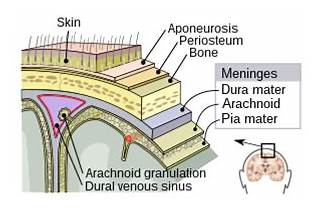AACN CCRN-Adult - CCRN (Adult) - Direct Care Eligibility Pathway
To maintain adequate pain control in a post-surgical patient addicted to heroin, a nurse should plan to
A nurse is caring for a patient with pulmonary fibrosis who is exhibiting shortness of breath, tachypnea, and feels a sense of impending doom. In order to relieve these symptoms, the nurse should anticipate an order for
Which of the following is a cause of cardiogenic pulmonary edema?
Which of the following signs is most frequently associated with meningitis?
The dysrhythmia most commonly associated with mitral stenosis is
After consultation with the interdisciplinary team, a nurse implements progressive mobility by having the patient sit at the side of the bed. The patient's HR increases by 10, RR increases by 6, SpO2 remains at 94%, and BP remains stable. The patient states he is tired. Which of the following should be the nurse's next action?
The rationale for initiating early enteral feeding in a patient with sepsis is to
The underlying pathophysiology of disseminated intravascular coagulation (DIC) is best explained as
A patient is receiving continuous enteral feedings via jejunostomy tube. The patient develops mild, intermittent diarrhea. Which of the following actions is most appropriate?
An unconscious patient presents with the following laboratory values:

Appropriate management of this patient should include



 Meningitis
Meningitis